Long Journey Boon Wurrung
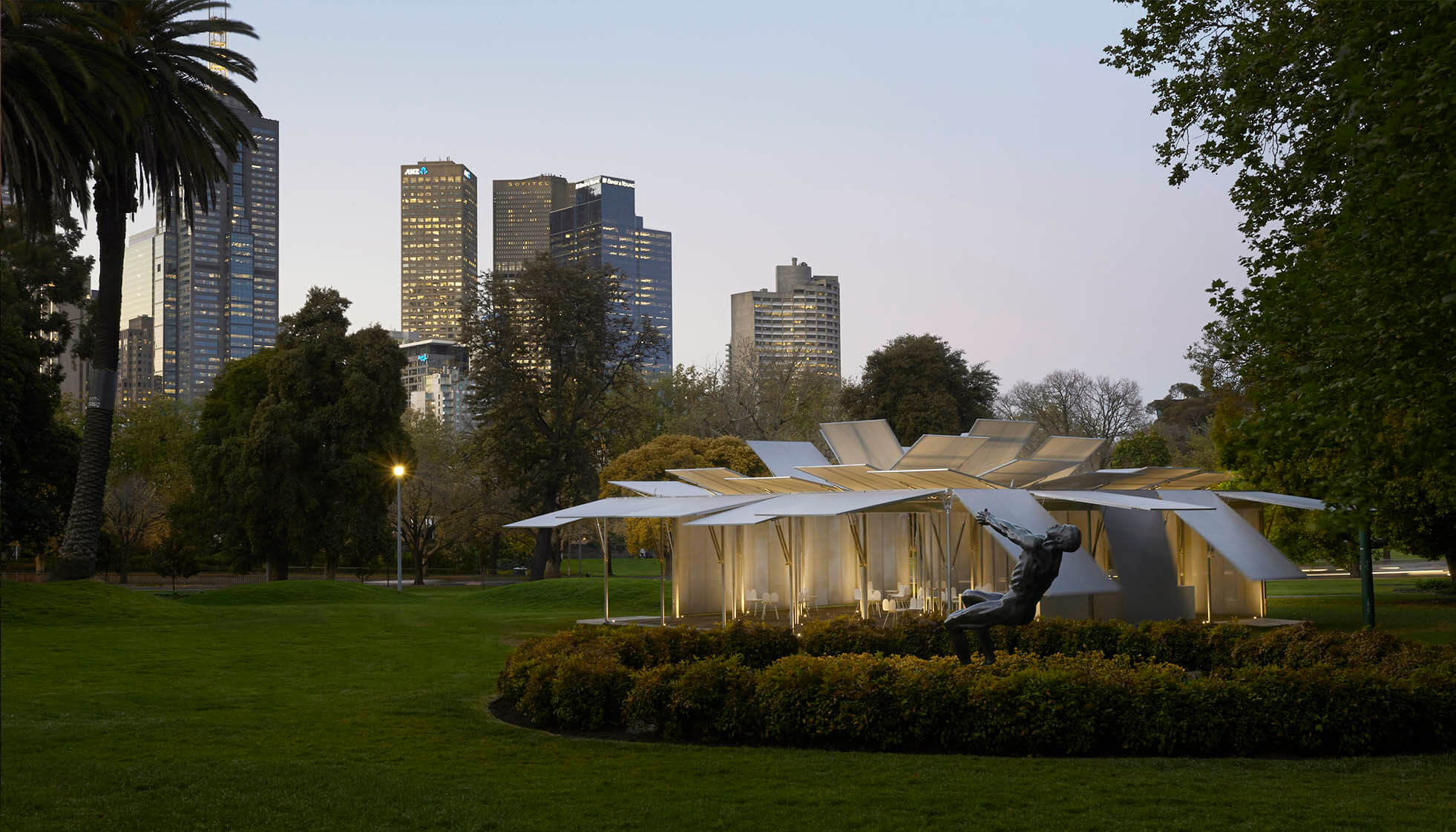
Earl Carter
Architect:
Sean Godsell Architects
Original performance:
7 October 2014
The MPavilion
Dubbed an ‘unsuspecting box of potential’, Sean Godsell’s inaugural MPavilion bloomed at dawn and dusk. Pneumatic wings opened each morning to invite people into the space, and closed in the evening.
Responding in some ways to the arid climate and early settlers to Australia, Godsell cites verandahs as one inspiration for the pavilion. Providing shade to a building’s inhabitants in summer months, verandahs offer a moment’s pause before people go on the way to somewhere else. This almost-cinematic reference had a colonial tinge, but Godsell’s architectural intent always emphasised the transience of the pavilion.
With these conflicting notions – the permanency of the colonial Australian project, yet the transience of the pavilion – the first MPavilion, with its ritual blooming imprinted on the minds of Melburnians, quickly becoming a place for discussion, reflection and dialogue.
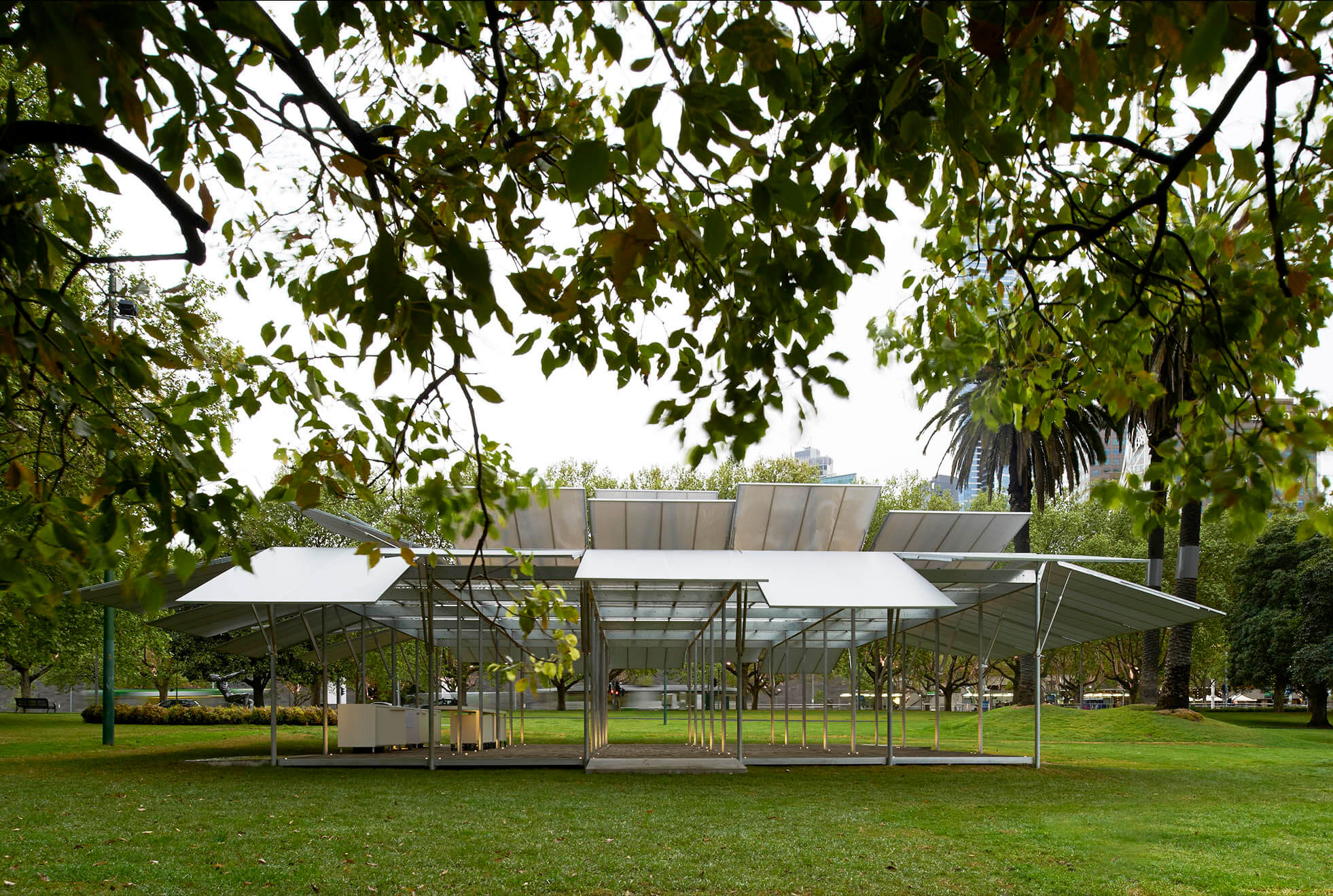
The Composition
Alongside the development of the first MPavilion, Deborah Cheetham AO was invited to create a new composition responding to the architect’s design. Speaking with John Faine on ABC Radio at the time, her feelings about the location of Godsell’s pavilion are simpatico with the architect’s consideration of transience, as she notes the particular location in the Botanic Gardens used to be “on the way to somewhere else.”
Titled Long Journey Boon Wurrung, it was composed in Boon Wurrung language in consultation with elder N'Arweet Aunty Carolyn Briggs AM, which was the beginning of the collaboration and language exchange between Aunty Carolyn and Deborah.
Dhungala Children's Choir performed the first song which began another enduring relationship between the song cycle series and its performers. With the song composed in Boon Wurrung language, it was an opportunity for young people to hear their voices singing in an Aboriginal language, whether it may or may not be their own.
Reflecting on her own experience, Deborah recalled that her schooling had involved learning about the European aspects of Australian history, about which she wondered: “I know you, but do you know me?” The capacity of music and singing to offer a moment of connection with culture was an important factor from the very beginning.
Words by Susie Anderson
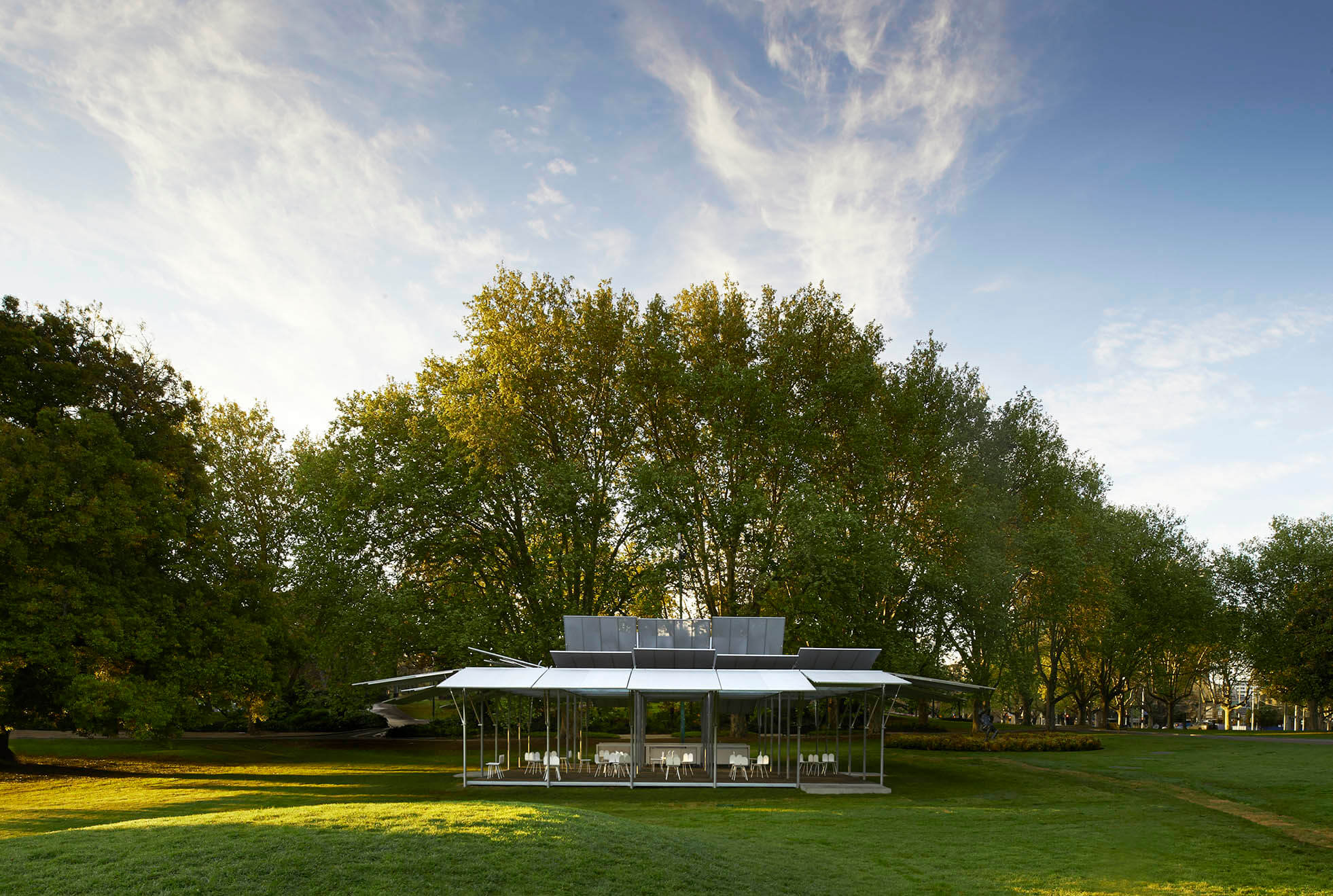
Compositional response
Sean Goodsell’s MPavilion provided the perfect start to this journey. For me it represented a kind of music box through which dappled light and melody could flow. The decision to compose for the Federation Bells was an easy one to make, with equal measures of clarity and charm and requiring two percussionists. Dhungala Children’s Choir made their MPavilion debut, enchanting the assembled audience as the walls of the pavilion gently opened to reveal the carefully choreographed performance. Located so close to the Birrarung, I wanted the lyrics to function as both a celebration and an invitation.
The river of mists is such an evocative description and reminds me of the way voices are amplified and reflected by the surface of the water and thus the repetition of certain words and phrases. In this first composition of the Song Cycle I deliberately introduced the principal creations beings of Bundjil and Waang (the Eagle and the Crow). I also introduce the notion of a journey between knowing and understanding. The melody is playful, upbeat and celebratory in character as befitting this wonderful new addition to Melbourne’s cultural life. The rhythmic structure of Long Journey Boon Wurrung is provided by the Boon Wurrung language itself.
Thanks
This project was made possible thanks to the generosity of our partners and supporters.
With thanks to N’arweet Professor Carolyn Briggs AM PhD
Composer
Deborah Cheetham AO
Conductor
Aaron Wyatt
Naomi Milgrom AC





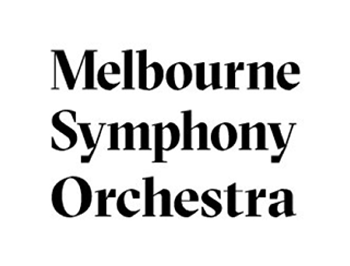
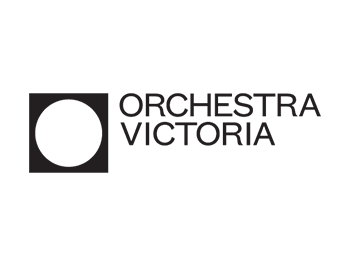
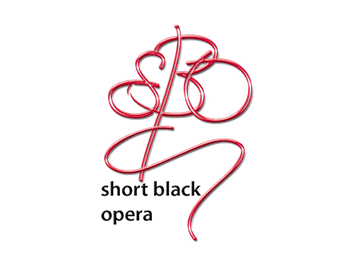
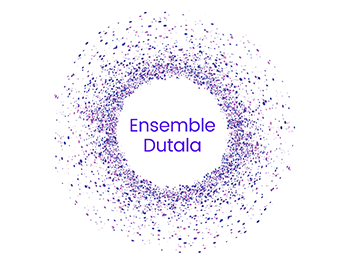
Dhungala Children’s Choir

Michel Lawrence
videographer
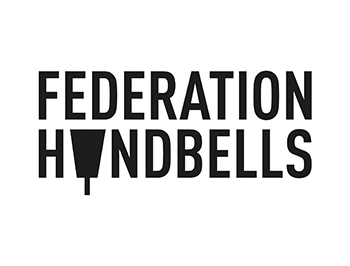
Deborah Cheetham AO
Toni Lalich OAM
Shauntai Batzke
Jessica Hitchcock
Aaron Wyatt
Cello Rohan de Korte
Hamish Upton and Zela Papageorgiou
Federation Bells (with thanks to Museums Victoria)
Susie Anderson
MPavilion Team
Sam Redston
Jen Zielinska
Piera Maclean
Molly Braddon
Claire Curnow
Gabriela Holland
Visit MPavilion.org








